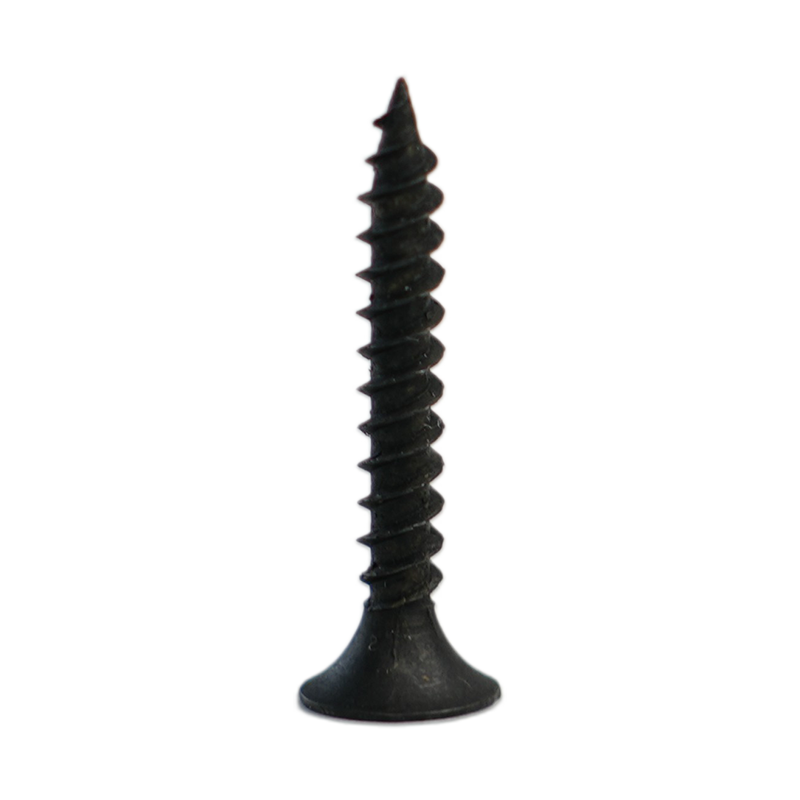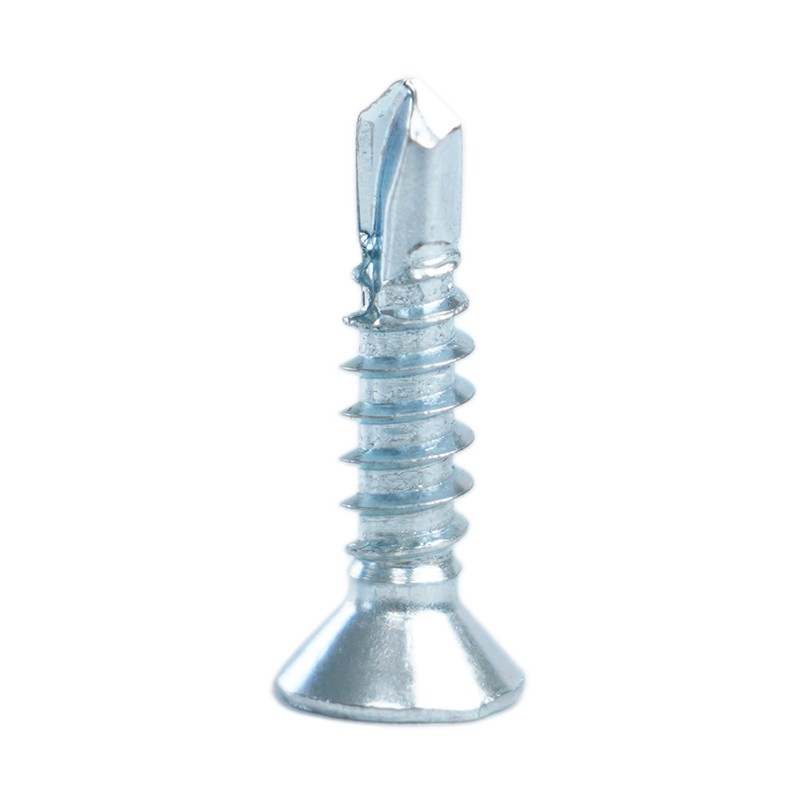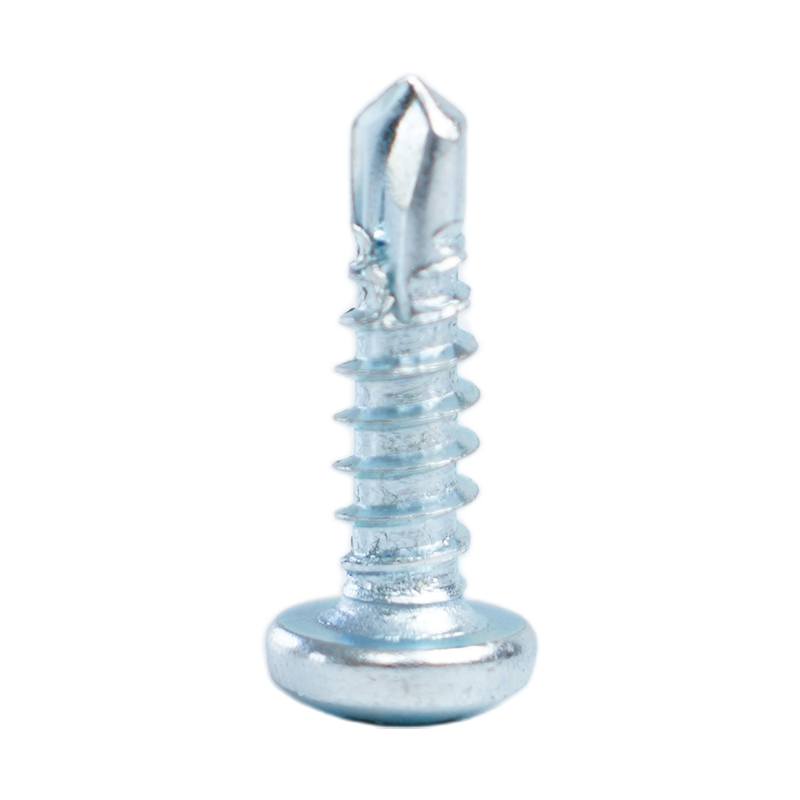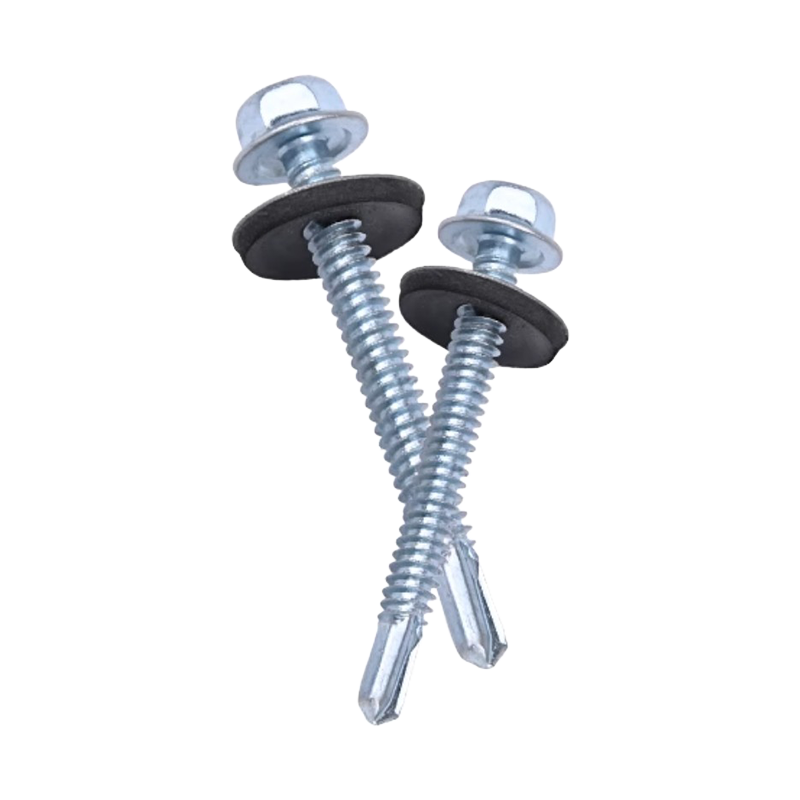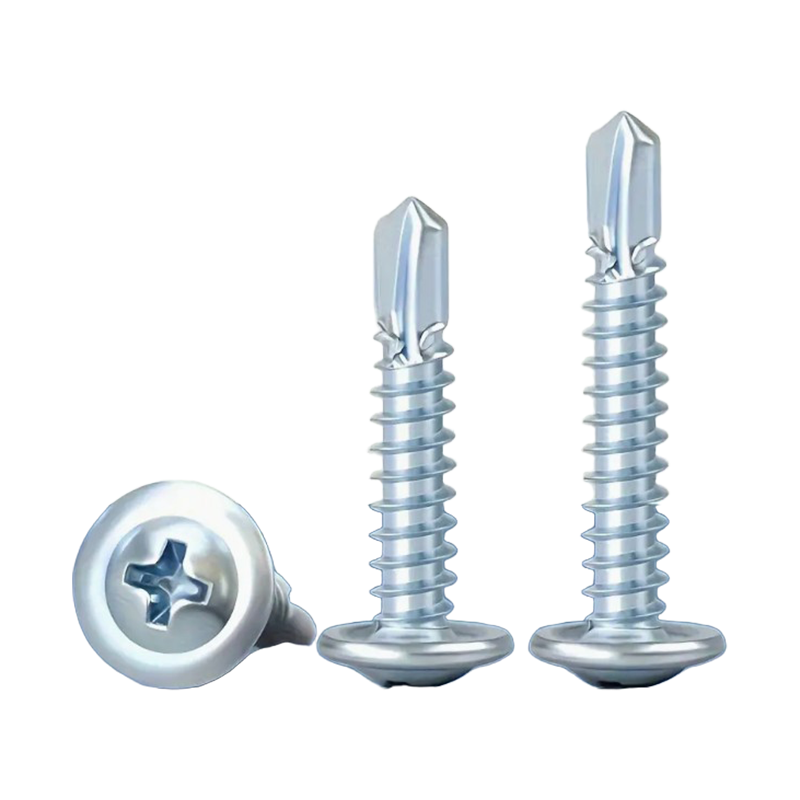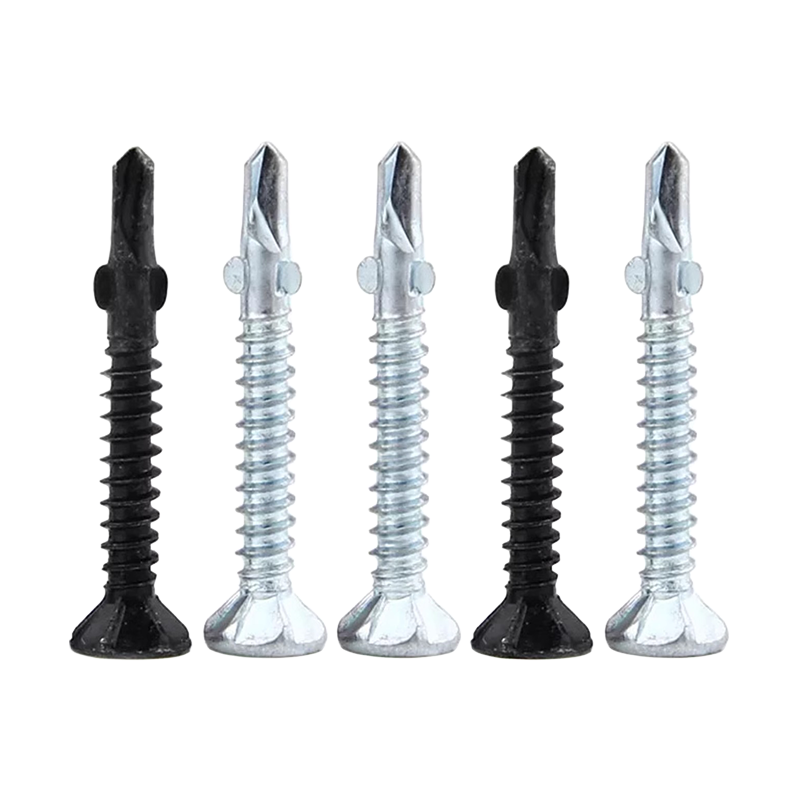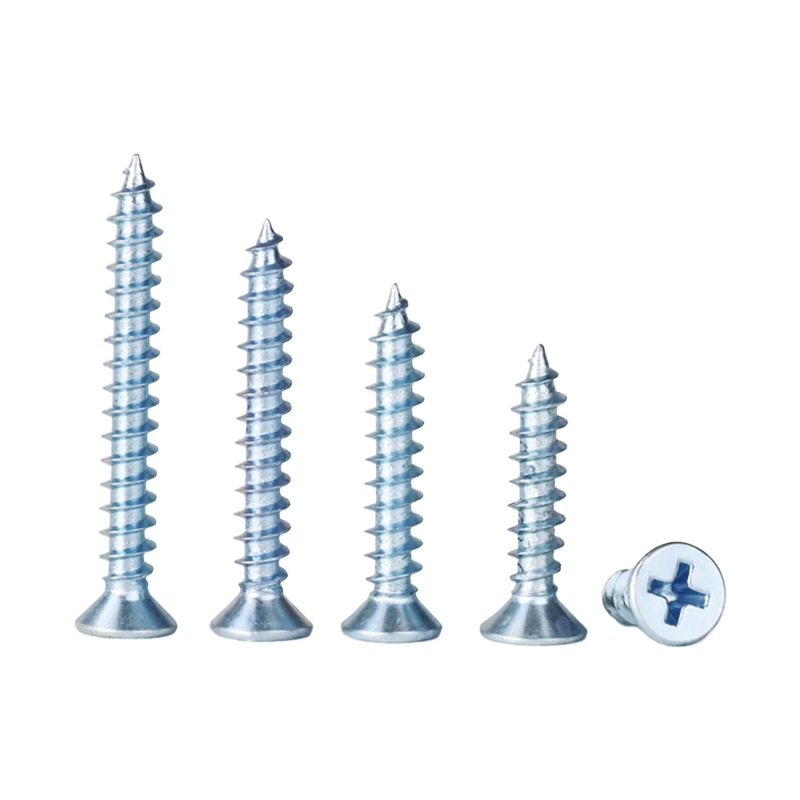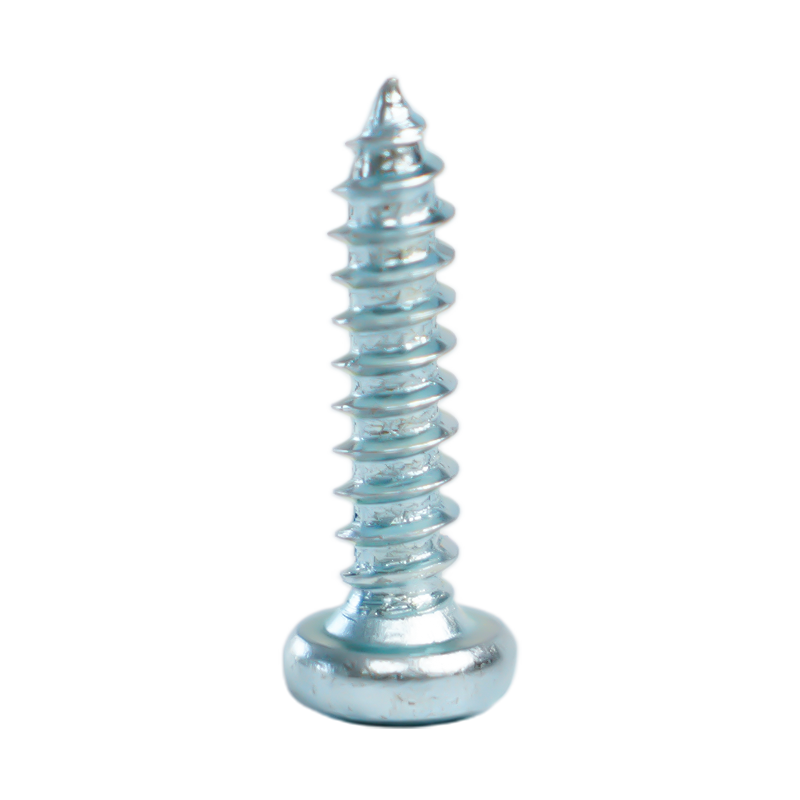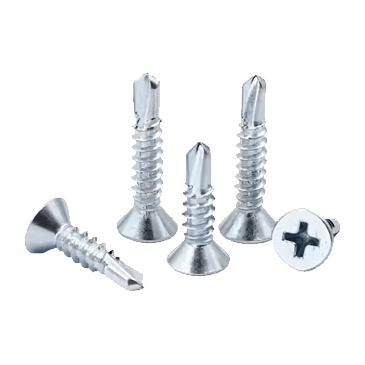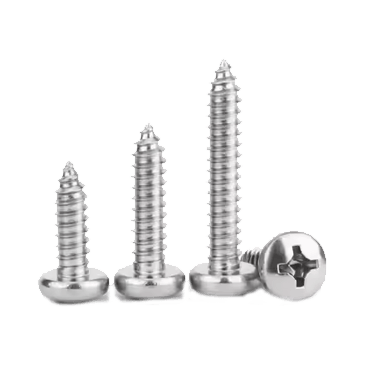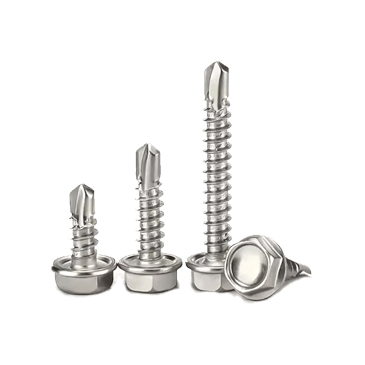For professionals and DIY enthusiasts alike, selecting the right drywall screw is a critical decision that impacts the efficiency, quality, and longevity of a project. While thread type, length, and head style are important, the coating of the screw is arguably its most vital characteristic. The coating determines the screw's resistance to corrosion, its holding power, and its compatibility with different materials. As a discerning user, understanding the nuances between the two most common coatings—phosphate and black oxide—is essential. This guide delves deep into the science, application, and practical differences between these coatings, empowering you to make an informed choice tailored to your specific needs. Choosing the right screw from a reputable drywall screw manufacturer is the first step toward a flawless finish.
Understanding Screw Coatings and Why They Matter
Before comparing phosphate and black oxide, it's crucial to understand the purpose of a screw coating. At its core, a coating serves two primary functions: corrosion resistance and enhanced driving performance. Drywall installation often occurs in environments with varying humidity levels, and the joint compound applied over the screws is moisture-rich. Without protection, bare steel screws are susceptible to rust, which can eventually stain the drywall surface—a phenomenon known as "ghosting." Furthermore, a proper coating reduces friction during driving, allowing the screw to penetrate the drywall and steel studs or wood framing with ease. This minimizes cam-out (slipping of the driver bit) and prevents head stripping, ensuring a smooth and efficient installation process. The choice of coating directly affects the project's durability and the installer's experience.
- Corrosion Resistance: Protects the underlying steel from oxidation and rust caused by environmental moisture and alkaline compounds.
- Reduced Friction: Provides a smoother driving experience, reduces wear on driver bits, and allows for higher torque application.
- Improved Adhesion: Offers a superior surface for paint and joint compound to adhere to, minimizing visibility.
- Aesthetic Finish: Provides a uniform color that blends well with building materials.
Deep Dive: Phosphate Coating
Phosphate coating is a widely used and highly effective treatment for drywall screws. The process involves a chemical reaction where the steel screw is immersed in a solution of phosphoric acid and other accelerating chemicals. This reaction converts the surface of the metal into a layer of microscopic, porous phosphate crystals. This crystalline layer is integral to the screw's performance. The porosity of the phosphate coating is its key feature; it acts as an excellent substrate for holding oil or wax, which is often applied as a secondary treatment. This combination provides a dual layer of protection: the phosphate layer itself offers a degree of corrosion resistance, while the oil/wax topping significantly enhances it and provides exceptional lubrication. This makes phosphate-coated screws a versatile and reliable choice for a wide range of applications, particularly where moisture might be a concern during the construction phase.
- Composition: A micro-crystalline layer of zinc, manganese, or iron phosphate chemically bonded to the steel.
- Appearance: Typically dark grey to black in color with a slightly rough, matte texture.
- Key Advantage: Superior corrosion resistance due to the oil-absorbing porous layer.
- Best For: High-humidity environments, areas prone to condensation, and applications where the screws may be exposed to moisture before the wall is sealed and painted.
Pros and Cons of Phosphate Coating
Phosphate coatings are renowned for their practicality and robust performance in challenging conditions. The primary advantage lies in their exceptional corrosion resistance, which is why they are often the default recommendation for interior drywalling. The rough, matte texture of the phosphate finish also provides an excellent key for drywall joint compound, helping to prevent screw "pop" and ensuring a smooth, invisible finish. Furthermore, the lubricating properties of the oiled surface make these screws easy to drive, reducing operator fatigue. However, this same oily surface can be seen as a disadvantage, as it can transfer to gloves and tools. While highly resistant, they are not entirely impervious to corrosion if exposed to standing water or highly corrosive chemicals for extended periods.
- Pros:
- Excellent corrosion resistance, especially when oiled.
- Superior paint and compound adhesion.
- Good lubricity for smooth driving.
- Generally more affordable than other highly corrosion-resistant options.
- Cons:
- The oily surface can be messy.
- Not the most aesthetically pleasing finish for exposed applications.
- Can be less durable than some electroplated alternatives.
Deep Dive: Black Oxide Coating
Black oxide coating, often confused with a simple black paint or plating, is actually a conversion coating process. It involves a chemical reaction between the ferrous metal of the screw and an oxidizing salt solution. This reaction transforms the top layer of the steel into magnetite (Fe₃O₄), which is black in color. Unlike phosphate coating, the black oxide process does not add a significant layer of material to the screw; it changes the properties of the existing surface. The result is a sleek, black finish that is aesthetically pleasing. However, the magnetite layer by itself offers only minimal corrosion protection. To enhance this, a secondary sealant—typically oil or wax—is applied. The corrosion resistance of a black oxide screw is almost entirely dependent on the quality and integrity of this post-treatment. This makes the manufacturing process critical for performance.
- Composition: A magnetite layer formed on the surface of the steel through a chemical conversion process.
- Appearance: A uniform, deep black, smooth finish with a slight luster.
- Key Advantage: Provides a clean, black appearance and good lubricity with a less oily feel.
- Best For: Interior applications with stable humidity levels, metal stud framing, and situations where a clean, non-messy screw is desired.
Pros and Cons of Black Oxide Coating
The black oxide finish is prized for its clean look and smooth handling. The coating process creates a sleek surface that is less oily to the touch compared to phosphate-coated screws, making them cleaner to work with. They still offer good lubricity, which facilitates easy driving into metal studs without excessive bit wear. The deep black color is also less visible if a thin layer of paint is applied, which can be a minor aesthetic benefit. On the downside, the corrosion resistance of black oxide screws is generally considered inferior to that of properly oiled phosphate screws. The protective layer is very thin and can be easily compromised by abrasion during handling or installation. If the secondary oil coating is wiped away or incomplete, the underlying steel is vulnerable to rust.
- Pros:
- Smooth, clean, and aesthetically pleasing finish.
- Good lubricity for driving, with less residual oil.
- Maintains precise screw dimensions due to the thin coating.
- Excellent for use with metal studs.
- Cons:
- >Inferior corrosion resistance compared to phosphate, especially if the oil seal is broken.
- The coating can be rubbed off during handling or driving.
- Not recommended for high-moisture environments.
Head-to-Head: Phosphate vs. Black Oxide Comparison Table
To make an informed decision between phosphate and black oxide coatings, a direct comparison of their key attributes is essential. The following table breaks down their differences across critical performance and application categories. This side-by-side analysis highlights why phosphate is often the go-to choice for general-purpose drywalling, particularly where moisture management is a priority, while black oxide serves as a reliable option for controlled interior environments where cleanliness and appearance during installation are valued. Understanding these distinctions helps you align your screw choice with the specific demands of your project, ensuring optimal performance and longevity.
| Feature | Phosphate Coating | Black Oxide Coating |
| Corrosion Resistance | Excellent (when oiled) | Fair to Good (depends on post-treatment) |
| Surface Texture | Matte, slightly rough | Smooth, slight luster |
| Lubricity | High (can feel oily) | Moderate to High (cleaner feel) |
| Paint/Compound Adhesion | Superior | Good |
| Ideal Application | High-humidity areas, wood and metal studs | Standard interior drywall, metal studs |
| Durability | Coating is more abrasion-resistant | Coating can be rubbed off easily |
How to Choose the Right Coating for Your Project
Selecting between phosphate and black oxide isn't about finding a "better" coating, but rather the right coating for the right job. Your decision should be guided by the specific environmental conditions and project requirements. For the vast majority of standard interior drywall installations, especially in homes and offices with controlled climates, both types will perform adequately. However, if your project involves a basement, bathroom, kitchen, or any area where humidity levels are consistently high or there is a potential for moisture exposure during construction, the superior corrosion resistance of phosphate-coated screws makes them the unequivocal choice. This is a key factor in preventing callbacks due to rust stains. Conversely, for a quick interior patch job or a project where working cleanly is a top priority, the less messy nature of black oxide screws might be appealing.
- Assess the Environment: Is the area prone to moisture, humidity, or temperature fluctuations? Choose phosphate for wetter environments.
- Consider the Substrate: Both work well with wood and metal studs, but black oxide's smooth drive is excellent for metal framing.
- Think About the Finish: For ceilings or areas where screw spotting is a concern, the superior compound adhesion of phosphate may be beneficial.
- Prioritize Your Needs: Decide what's more important: maximum corrosion protection (phosphate) or a cleaner handling experience (black oxide).
- Consult a Professional: When in doubt, follow the recommendation of your drywall screw manufacturer or supplier.
FAQ
What is the most corrosion-resistant drywall screw coating?
While both phosphate and black oxide offer protection, phosphate coating, especially when paired with a rust-inhibiting oil or wax treatment, is generally considered the most corrosion-resistant option among standard drywall screw finishes. Its micro-porous surface traps the protective oil, creating a robust barrier against moisture. For environments with extreme moisture, such as exterior soffits or areas directly exposed to water, specifically designed screws with specialized coatings like epoxy-coated drywall screws or zinc plating are recommended, though they are less common for standard interior work.
Can black oxide drywall screws be used in bathrooms?
It is not recommended to use standard black oxide drywall screws in bathrooms or other high-humidity areas. The consistent moisture from showers and sinks can quickly compromise the thin black oxide coating and its secondary oil seal, leading to rust and potential staining of your drywall finish. For bathrooms, always opt for screws with superior corrosion resistance, such as phosphate-coated screws, to ensure the longevity and appearance of your walls and ceiling. This is a crucial step in preventing drywall screw rust in vulnerable areas.
Why are some drywall screws so black and oily?
The dark black color and oily feel are characteristic of high-quality phosphate-coated screws. The dark color comes from the coating process itself, and the oil is a deliberate post-treatment applied by the manufacturer. This oil serves two critical purposes: it significantly enhances the screw's resistance to corrosion by sealing the porous phosphate layer, and it acts as a lubricant to reduce friction during driving, making installation easier and preventing cam-out. This combination is a sign of a well-manufactured screw designed for durability and performance.
Do I need a special type of screw for metal studs?
Yes, the type of screw is crucial for metal studs. You need a screw specifically designed for this purpose, often called a "fine-thread drywall screw" for metal studs. The most important feature is the thread type—a finer, sharper thread that is optimized for tapping and gripping into thin metal. In terms of coating, both black oxide and phosphate are excellent choices for metal studs. The black drywall screw (often black oxide) is popular for this application due to its clean drive and good performance, but a phosphate-coated screw offers the added benefit of extra corrosion resistance if needed.
How can I tell if a drywall screw is coated for corrosion resistance?
Identifying a corrosion-resistant coating is straightforward. First, visually inspect the screw. A dark grey or black matte finish that feels slightly rough or oily to the touch typically indicates a phosphate coating. A sleek, uniform black finish with a slight sheen and a less oily feel is characteristic of black oxide. Secondly, you can check the product packaging or description from the drywall screw manufacturer, which should explicitly state the type of coating and its intended use (e.g., "corrosion-resistant," "for interior use," etc.). Avoid uncoated, bright silver screws for any drywall application.

 +86-15052135118
+86-15052135118 

 Español
Español
 Get In Touch
Get In Touch


